The Ease of Living (EOL) index serves as a crucial assessment tool wielded by the Ministry of Housing and Urban Affairs to gauge the quality of life in urban centres across India. This comprehensive index not only evaluates the current state of urban development initiatives but also sheds light on the overall well-being of city dwellers.
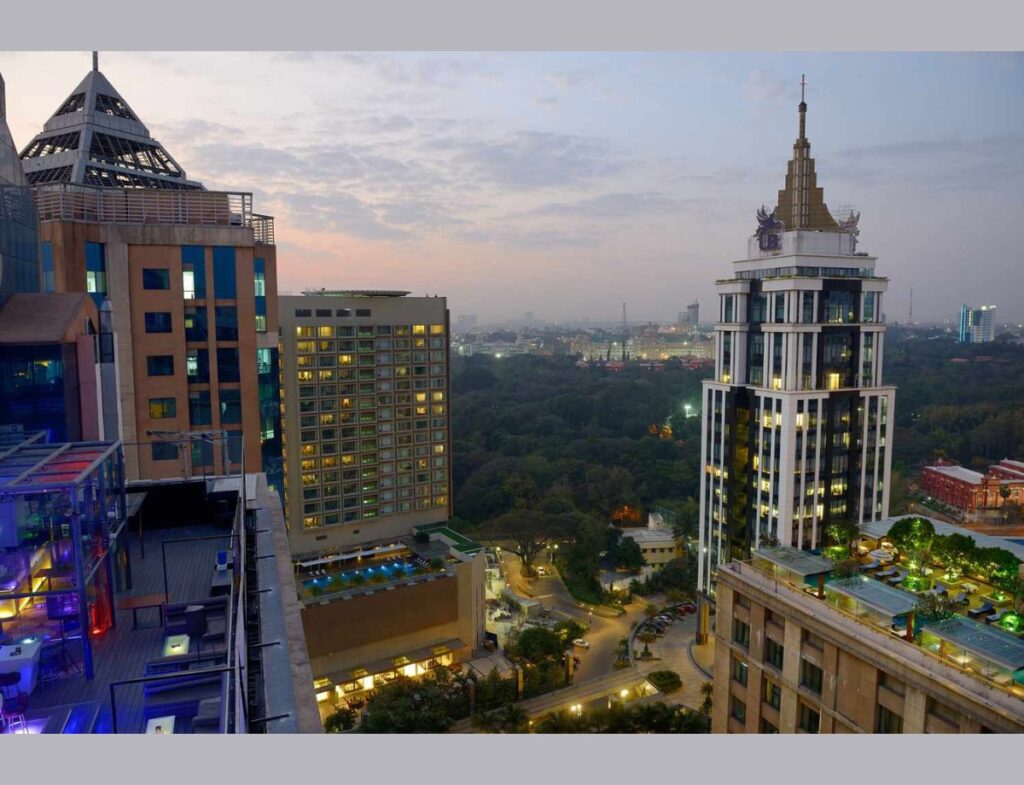
At its core, the EOL index delves into various facets of urban life, including economic prosperity, sustainability, and resilience. By scrutinizing these factors, policymakers gain valuable insights into the strengths and weaknesses of each city, enabling informed decision-making for future development endeavours.
In the latest iteration of the assessment, a total of 111 cities actively participated, providing a broad spectrum of data for analysis. Bangalore emerged as the frontrunner, showcasing commendable standards of living, followed closely by Pune, Ahmedabad, Vadodara, Indore, and Greater Mumbai.
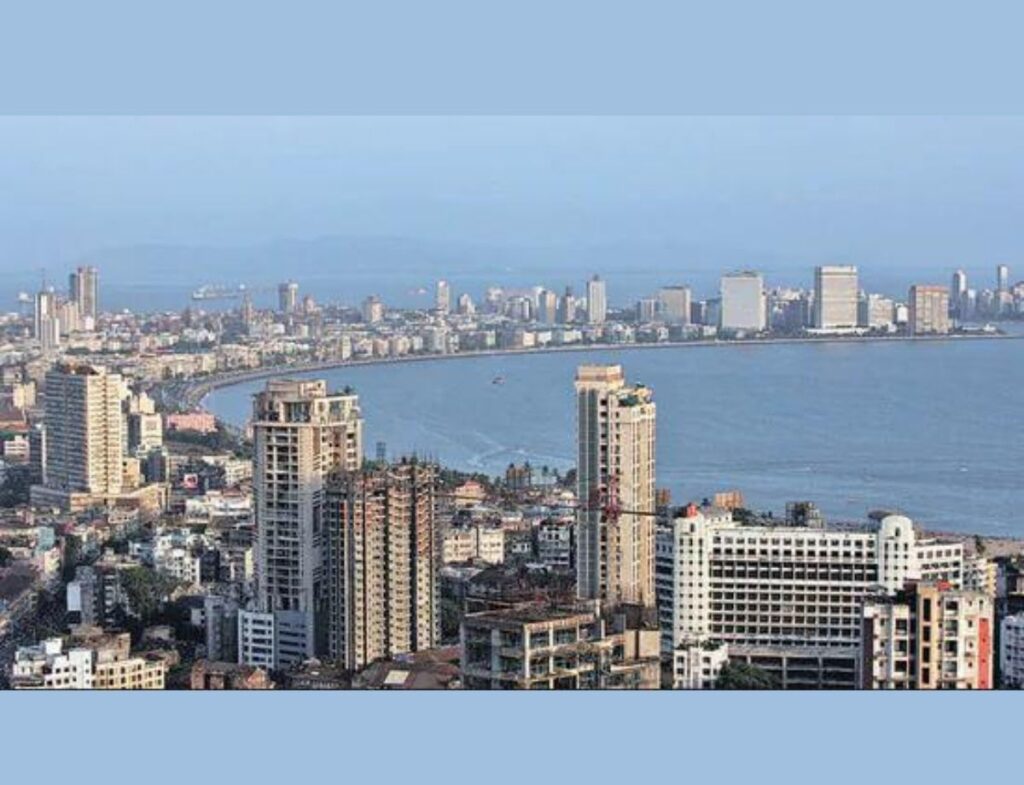
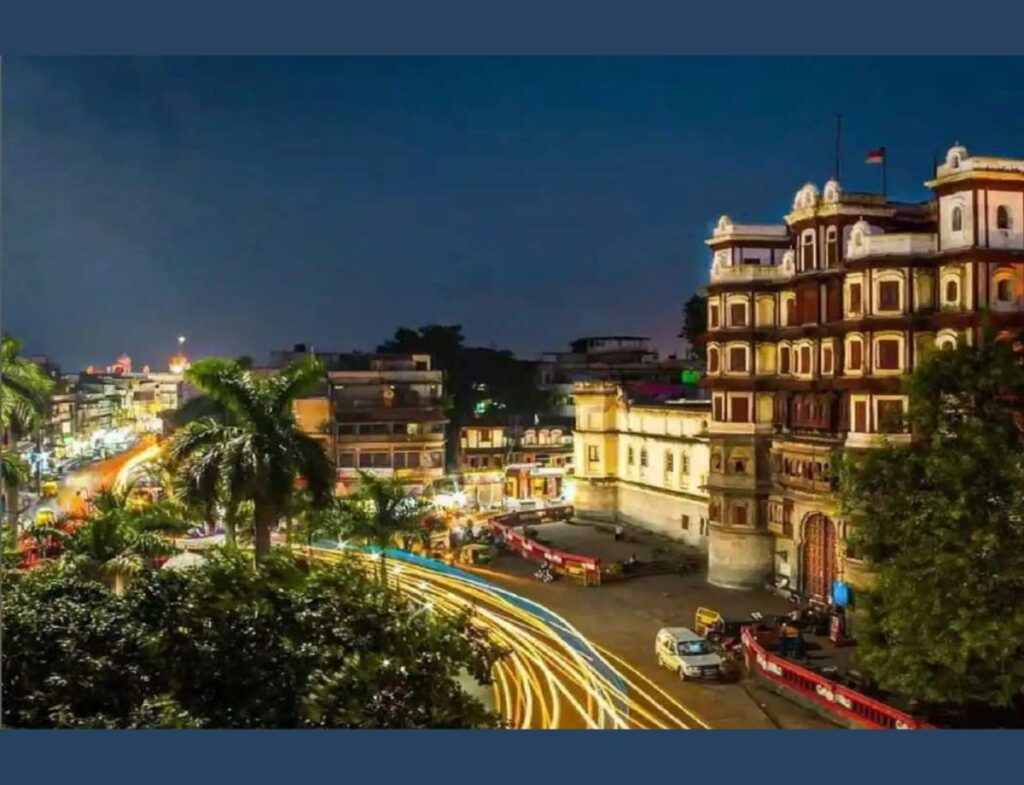


Bangalore, often referred to as the Silicon Valley of India, leads the pack with an impressive score of 66.7 in the Ease of Living index. Following closely behind is Pune, known as the Oxford of the East, with a score of 66.27. Ahmedabad, recognized as the Manchester of India, secures the third position with a score of 64.87. Chennai, hailed as the Gateway to South India, follows suit with a score of 62.21, while Surat, acclaimed as the Diamond City of India, maintains its prominence with a score of 61.73. Navi Mumbai, renowned for its planned township, attains a score of 61.6, while Coimbatore, often dubbed the Manchester of South India, achieves a score of 59.72. Vadodara, known as the Cultural Capital of Gujarat, secures a score of 59.24, and Indore, celebrated as the Food Capital of India, earns a score of 58.58. Rounding up the list is Greater Mumbai, the Financial Capital of India, with a score of 58.23. These cities not only excel in their respective fields but also contribute significantly to India’s urban landscape and development.
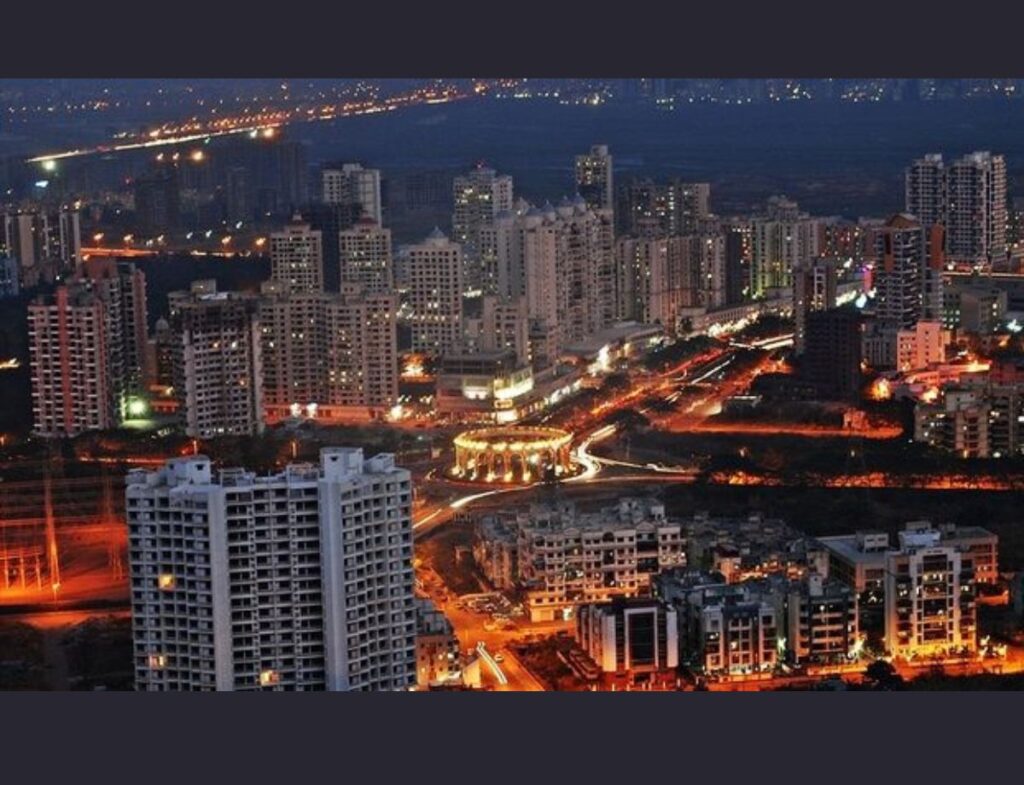
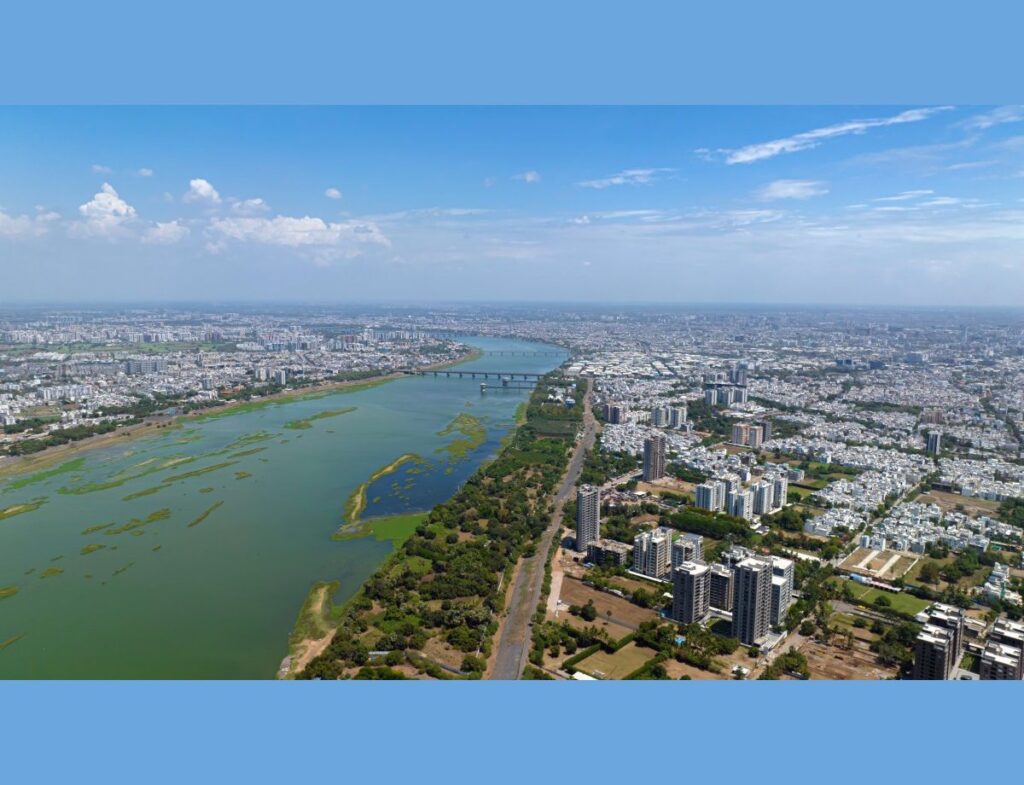
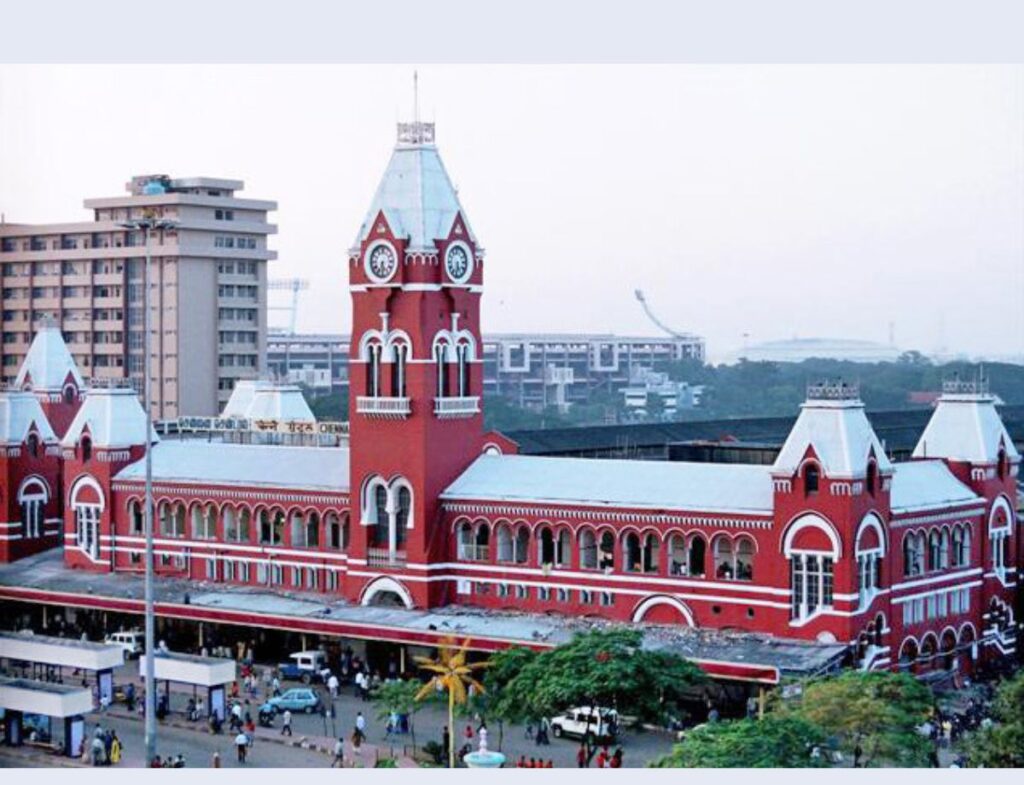

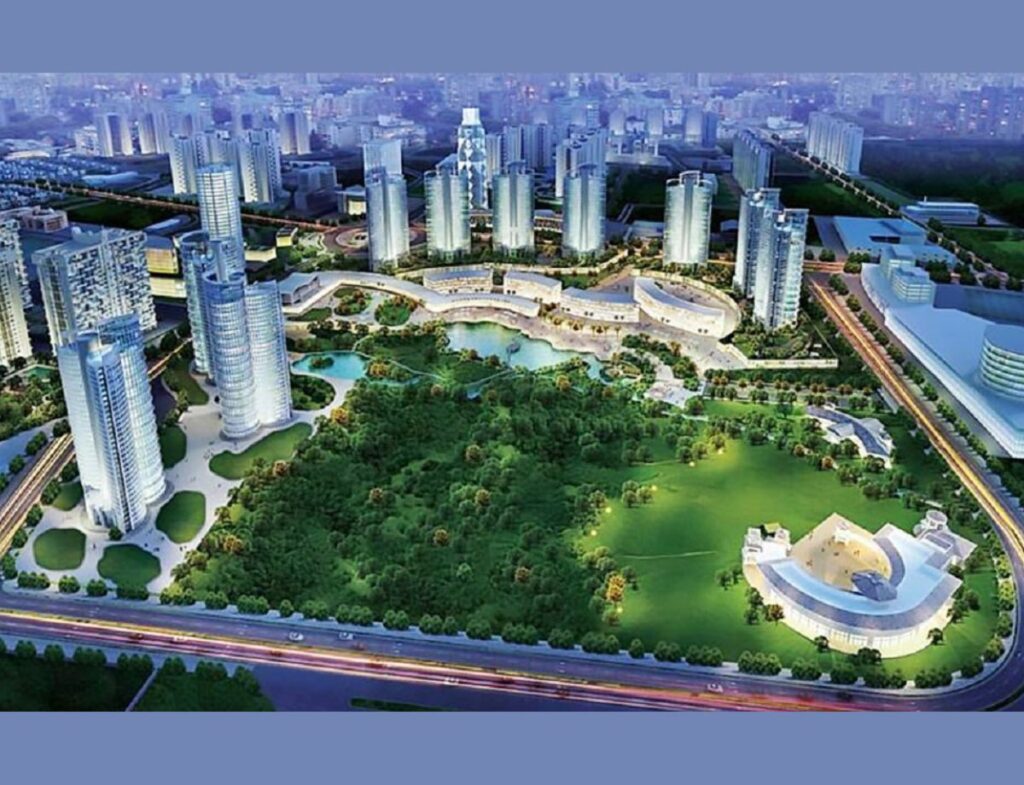
However, the EOL survey extends beyond urban landscapes, encapsulating rural areas as well. Spearheaded by the Ministry of Rural Development, this nationwide survey aims to evaluate the accessibility and effectiveness of basic services in rural regions.
